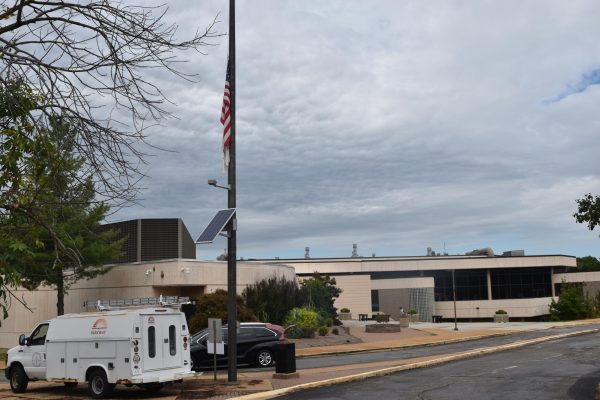How Australian fires are hurting Aboriginal people
Natural disasters are a display of Mother Nature’s ferocity. The bushfires in Australia have ravaged much of the land, especially New South Wales. Almost 15 million acres have been scorched. This is concerning for both unique Australian animals and the people that call Australia home, but those people are not affected equally. The Australian Aboriginal population has been disproportionately affected by the fires. The Australian government, while recovering from the fires, should be mindful of the way the fires are affecting Aboriginal people and of the cultural practices they use to control fires and prevent disasters such as this.
The Australian Aboriginal people have been there for 60,000 years, and they have a rich cultural memory that goes back very far. Unfortunately, that memory has not always been positive. Colonialism has deeply impacted their communities. Even today, as some of their lands and rights have been returned, they never fully recovered. Australian Aboriginals are more likely to have bad physical health, bad mental health, and lower-income.
These nasty factors will likely affect what will happen to the Australian Aboriginals in the face of the fire. For example, people with lower socioeconomic status often suffer more in natural disasters. Having a lower income can mean paying for disaster supplies can be difficult. It also means that they may dwell in housing cheap housing that is not as safe in a disaster as a more expensive housing situation might be. Additionally, people with lower incomes often have a harder time recovering from natural disasters. They have more difficulty accessing aid. They also do not have the same advantage that areas with higher socioeconomic status do because philanthropy is expensive. Of course, this is not unique to just Australian Aboriginal people, but it will still affect them disproportionately to the non-indigenous population due to the fact that they have lower income rates.
One way the fires are uniquely affecting the Australian Aboriginals is by damaging culturally significant sites. Australian Aboriginal culture is in the land that’s being destroyed. For example, in Australia, there are scarred and carved trees marked by the Aboriginals. Scarred trees signify that materials from the tree were used to make canoes, shields, or temporary shelters. Carved trees mark graves or sites of initiation. They are carved with beautiful, elaborate patterns. And it is likely that many of both scarred and carved trees have been devoured by the fires. Along with it, the fires are also damaging culturally significant plants and animals.
“These fires have obliterated entire forests, and, with it, they’re obliterating the cultural memory of our Aboriginal groups,” said Bhiamie Eckford-Williamson, a researcher at Australian National University.
To add insult to injury, it is possible that the suppression of Australian Aboriginal management of the land may have been a factor in the fires themselves. Their cultural burns are self-extinguishing, give animals enough time to escape, and possibly most importantly, prevent extremely harmful lightning fires. Time and time again, when Aboriginal people can manage their land this way, it prevents huge fires. After World War II, many Aboriginal people left their homeland for work and education. This had a decimating effect on their lands, which began to suffer from intense lightning fires.
With all this in mind, recovering from the fires should be very mindful of the Australian Aboriginal people and their cultural practices. It’s not special treatment; it’s just the logical thing to do.













